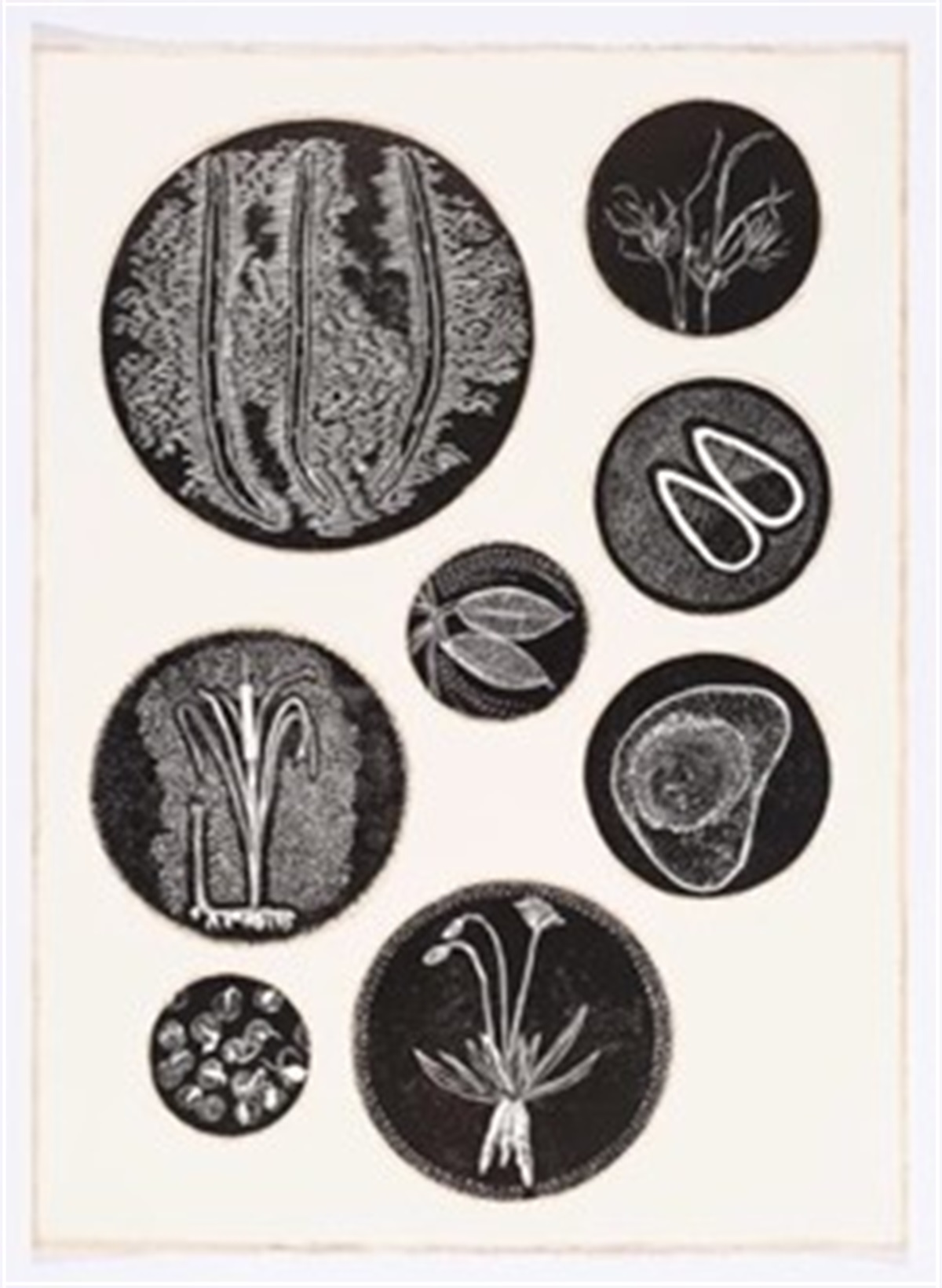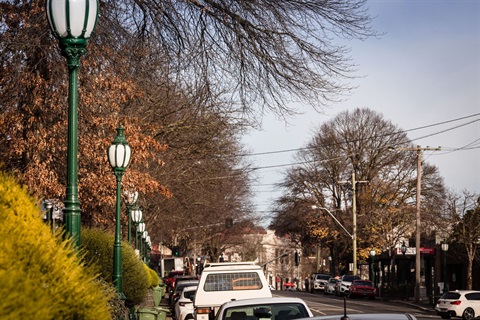
The City of Hobart is gearing up for the 2024 State Election with a strategic and collaborative approach to advocacy, aimed at ensuring that Hobart’s needs are properly recognised in policy and funding decisions at state level.
Hobart Lord Mayor Anna Reynolds emphasised the crucial role of advocacy in securing a prosperous future for the city.
“Our advocacy priorities reflect the pressing issues facing our city and align with our vision for a vibrant, resilient, and sustainable Hobart,” Cr Reynolds said.
“We are committed to addressing these priorities through practical partnerships and innovative solutions.”
In July last year, the Hobart City Council endorsed an updated Intergovernmental relations Framework and Advocacy Strategy 2023-2027 which aims to enhance the City’s ongoing relationships with other levels of government and improve the City’s capacity to advocate for decisions and resources that meet the needs of the Hobart community.
Cr Reynolds (pictured left) said the endorsed advocacy priorities for the City of Hobart included:
- Addressing Housing Access and Affordability: “We aim to increase the supply of appropriate housing within the City through practical partnerships that align with state and national housing policies.”
- Boosting Hobart’s Antarctic and Science Sectors: “Investment in new Antarctic and science infrastructure will solidify Hobart’s status as the premier gateway to Antarctica and the Southern Ocean.”
- Accelerating Climate Action: “Urgent action and investment at state and national levels are crucial to mitigate climate change and increase our city’s resilience.”
- Investing in Community-based Sports Facilities: “Maximizing the value of proposed government investments in sports infrastructure will enhance community well-being and engagement.”
- Unlocking Hobart’s Potential as a Visitor Destination: “Strategic investment in key sites and collaboration with local industry will further establish Hobart as a premier visitor destination.”
- Diversifying Transport Options: “Investment in transport infrastructure is essential to promote sustainable and accessible transport options.”
In line with these priorities, the City of Hobart is calling on both the Tasmanian and Australian Governments to invest in key visitor infrastructure at kunanyi/Mt Wellington. Cr Reynolds underscored the significance of this investment, noting that the site attracts 400,000 visitors annually, with projections to reach 700,000 in the next decade.
“Just like Cradle Mountain and Freycinet, improving the visitor experience of kunanyi/Mount Wellington is an issue of state importance,” Cr Reynolds said.
Wellington Park Management Trust general manager Amy Russell said the Trust supports the City of Hobart’s call for master planning and infrastructure investment for kunanyi/Mount Wellington and was also seeking support for this through the next State Budget.
“The Trust’s 2024-25 State Budget submission proposes the development an alternative management framework for Wellington Park, and critical investment in power connection and toilet facilities at The Springs,” said Ms Russell (pictured right).
“Wellington Park is a unique reserve, cobbled together from land parcels of different ownership. Because of this complexity, it is governed by its own piece of legislation, and sits outside of the normal funding streams assigned to Tasmanian reserves.
“Instead, landowners such as the City of Hobart, which owns the land including kunanyi / Mount Wellington, are left to resource and maintain what has become Tasmania’s most visited natural attraction.”
Destination Southern Tasmania chief executive Alex Heroys said there were scarce destinations worldwide where one can encounter such pristine wilderness and breathtaking natural beauty within a brief drive from a bustling capital city.
“kunanyi/Mt Wellington holds a special place in the hearts of both visitors and residents, emphasising the importance of thoughtfully investing in infrastructure that enhances the natural experience, encourages dispersion throughout the mountain, and highlights its remarkable offerings,” Mr Heroys said.
“kunanyi is an important part of the nature-based offering that creates demand for visitation to Tasmania.
“The mountain has long suffered from a lack of investment relevant to its visitation and in comparison, to other natural areas of our state.
“It is time for us to prepare for the future, have an overarching plan and ensure that the visitor experience matches the expectation of our local community and visitors.”
The proposed investment includes:
- Master plan to allow for integrated approach to planning and management of kunanyi/Mt Wellington. ($300,000)
- Electronic sign to provide safety information. ($350,000)
- Wellington Park entry roundabout. ($900,000)
- Pinnacle Road guard rail – stage 3 & Springs to Bracken Lane. ($9m)
- Pinnacle toilet. ($800,000) • Pinnacle boardwalk. ($1m)
- Springs power and drinking water services. ($1m)
- Springs new toilets and surrounding infrastructure. ($1m)
- Upgrade and extend Pipeline Track. ($1.05m)
The provision of contemporary safe visitor facilities including parking and access solutions that manage the capacity constraints increasingly experienced on kunanyi/Mt Wellington e.g. Halls Saddle or alternative. ($20m)
“The provision of contemporary, safe visitor facilities, including parking and access solutions, is paramount to managing the increasing visitor numbers sustainably,” Cr Reynolds said.







